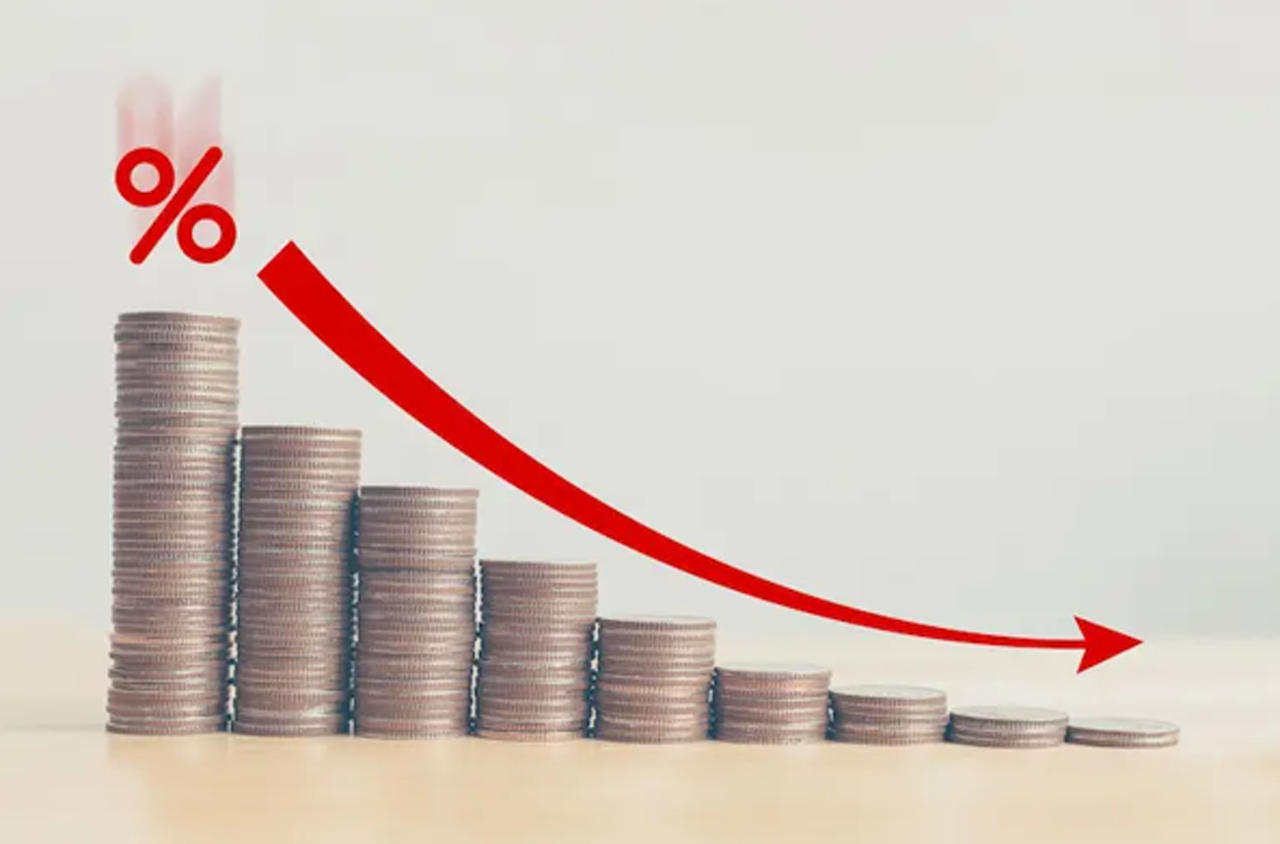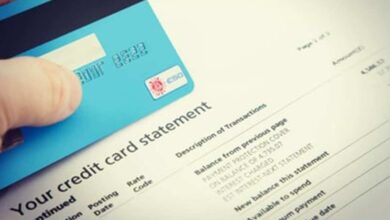 In today’s financial landscape, a personal loan is often the go-to solution for individuals who need quick access to funds. These loans provide a cushion during financial emergencies and can be used for various purposes such as medical expenses, travel, home renovation, debt consolidation, and more. When considering a personal loan, an important factor that plays a crucial role in your decision should be the interest rate. This article will focus on why understanding the lowest rate of interest for a personal loan is critical.
In today’s financial landscape, a personal loan is often the go-to solution for individuals who need quick access to funds. These loans provide a cushion during financial emergencies and can be used for various purposes such as medical expenses, travel, home renovation, debt consolidation, and more. When considering a personal loan, an important factor that plays a crucial role in your decision should be the interest rate. This article will focus on why understanding the lowest rate of interest for a personal loan is critical.
Interest rates can significantly impact the total cost of your loan. It represents the cost of borrowing money, and when it comes to a personal loan, this rate can vary dramatically between different lenders. The lowest rate of interest for a personal loan allows for a more manageable repayment plan. The lower the interest rate, the less you’ll pay in addition to the principal amount, giving you more financial flexibility.
Personal loan current interest rates in the financial market may vary due to many reasons, such as loan amount, duration, credit score, lender’s policy, and the economy’s state. Consequently, a keen understanding of these rates can be instrumental in finding the best loan package suitable for your financial needs.
Knowing the lowest rate of interest for a personal loan is essential because even a small difference in rates can have a substantial impact on the total amount to be repaid. For instance, if you obtain a loan of INR 5 lakh at an interest rate of 15% for three years, you’ll pay around INR 1.3 lakh as the total interest. However, if you manage to secure a loan at a lower interest rate of 12%, you’ll only pay approximately INR 1 lakh, which means you save INR 30,000.
Furthermore, understanding the personal loan interest rates in India can help you in negotiating a better deal with the lender. Having previous knowledge of the lowest rate of interest for a personal loan enables you to leverage your credit score and other qualifying factors to secure an interest rate that is favourable to you.
Comparing personal loan current interest rates from different lenders also becomes easier if you are informed about the lowest possible rate. Nowadays, many online platforms can assist you in assessing your eligibility by providing details on these rates, thereby saving you time and effort. Bear in mind that all lenders do not offer the same rates, it depends upon various factors including, but not limited to, the borrower’s creditworthiness, existing debts, source and stability of income, existing EMI obligations, etc.
Understanding the lowest rate of interest for personal loan also aids in better financial planning. It enables you to calculate your future payments accurately and provides a clear insight into your financial commitments for the loan’s tenure. This knowledge can assist you in making more informed decisions about fund allocation, ensuring you stay financial stable during the loan’s repayment period.
Another advantage of being aware of the personal loan interest rates in India is the potential for saving in the long run. A personal loan generally has a fixed interest rate and monthly payment, which allows you to budget for the debt payment consistently. A lower interest rate implies lower monthly loan repayment and, therefore, less strain on your wallet.
The lowest rate of interest for a personal loan is not just a number. It’s a significant factor determining your monthly outflows and the overall affordability of your loan. Therefore, it’s crucial to understand it thoroughly and keep yourself aware of the personal loan current interest rates.
In conclusion, understanding the lowest rate of interest for a personal loan is integral to making an informed and advantageous borrowing decision. It impacts your EMI, total repayment amount, and overall financial health. By keeping abreast of the personal loan interest rates in India, you can select a loan that is easy on your finances and aids in your financial growth. Therefore, before making your decision, take your time, research extensively, and choose wisely. Responsible borrowing is the key to effective debt management.







